Story and photos by Alessandro Gerelli
RM Sotheby’s at Milano Auctoclassica, November 25-27 2016
An auction with 400 cars plus many motorbikes and bikes, plus few boats, engines, parts, signs, etc, is quite an event!
All the cars were presented without any reserve and with very reasonable estimates.(In fact the estimates must have been on the very conservative side). The success of the event was very great and everything was sold and, speaking about the cars, only around twenty have been sold below the maximum of the estimate.
Of course not all the cars were in perfect condition, and many would have needed a huge restoration, but this did not stop the high offers of the collectors.
The top price was reached for a Ferrari 275 GTb/6C Alloy body that with an estimate of 2.8 Million euros was sold for 3.4 Million euros, while the Maserati MC 12 estimated 1.3 Million euros sold for 3 Million euros.

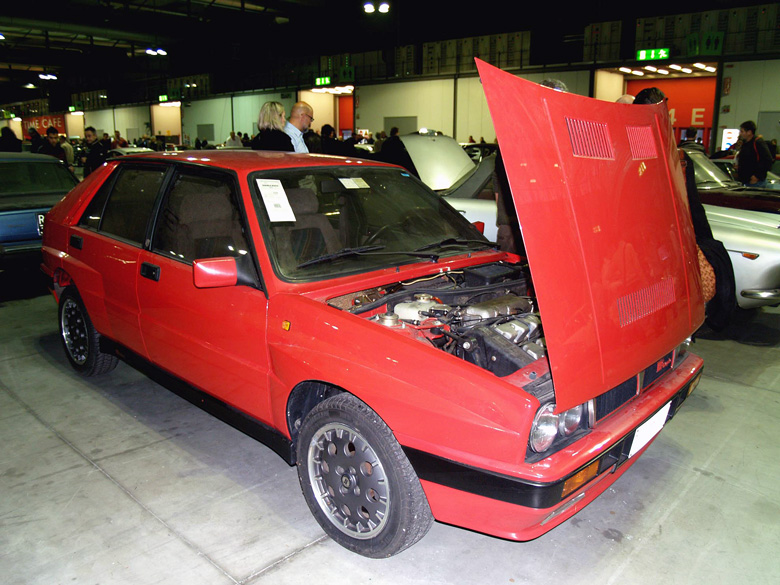
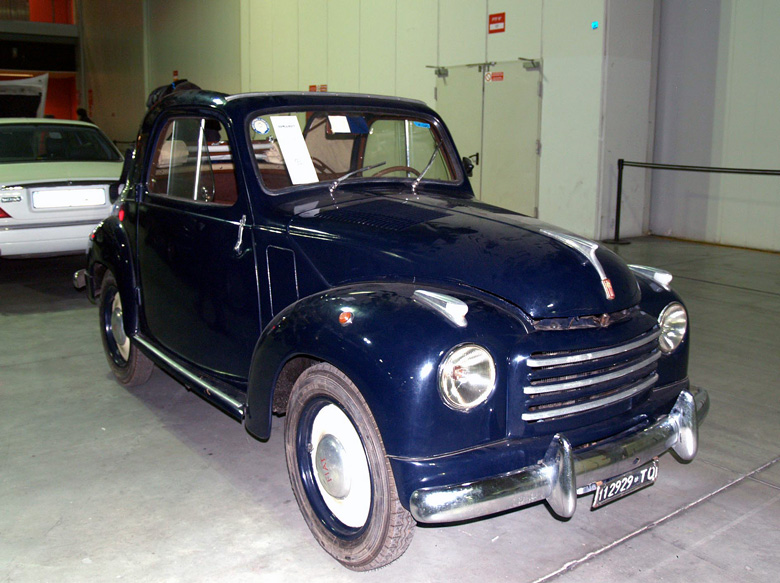
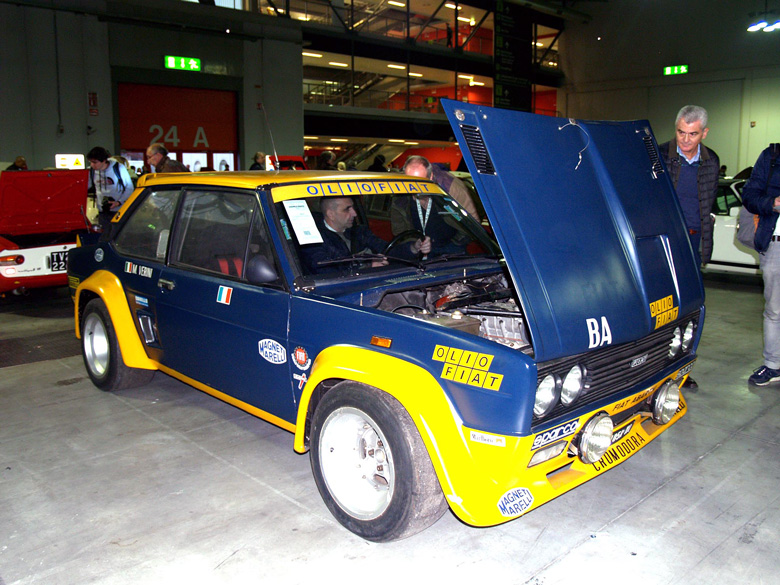
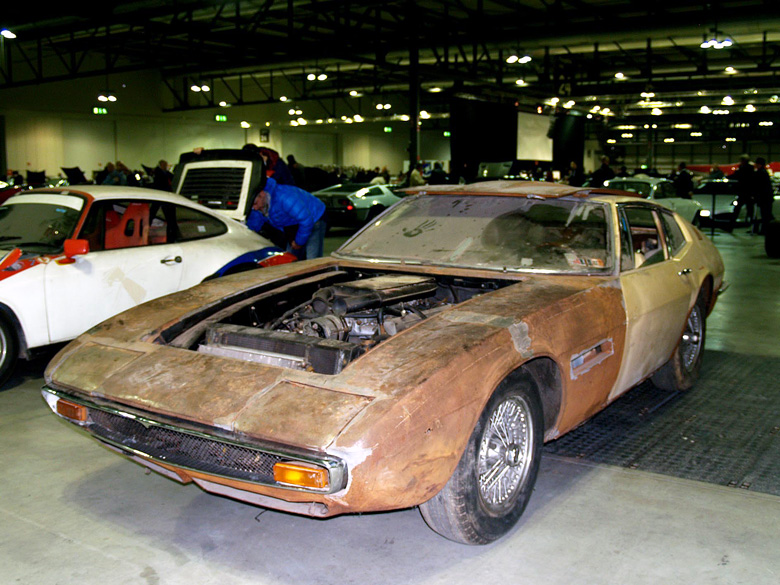
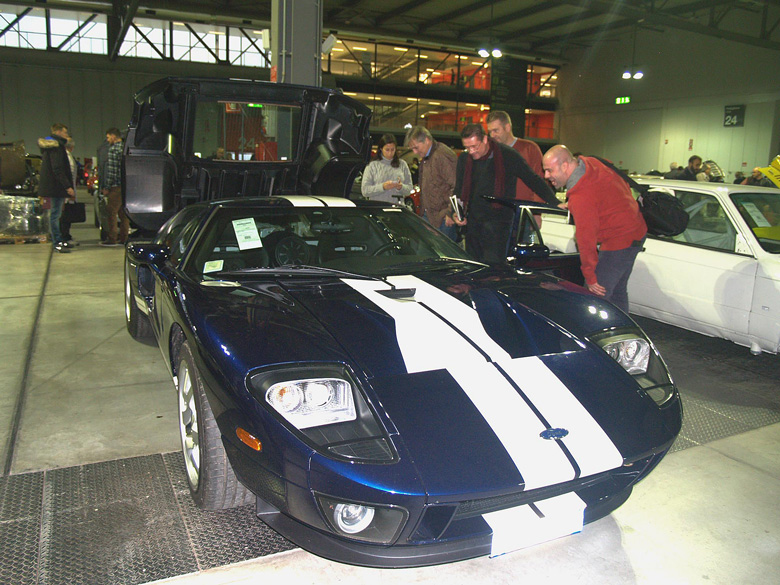
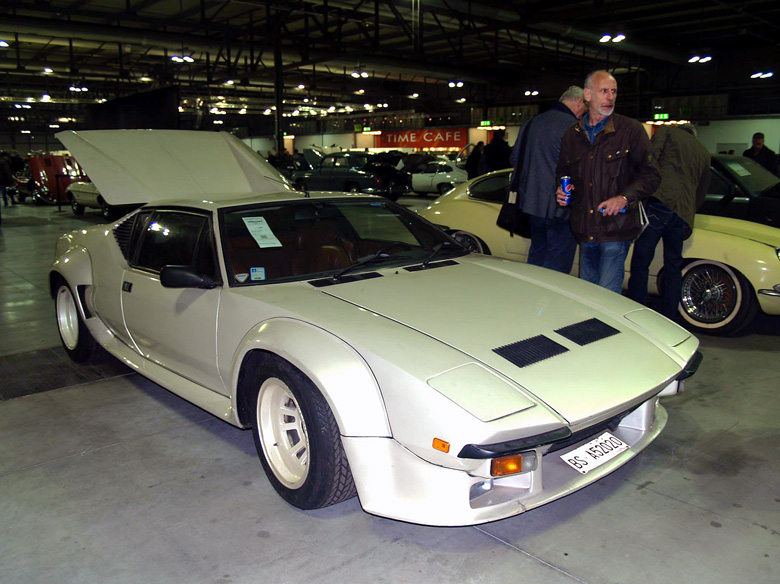
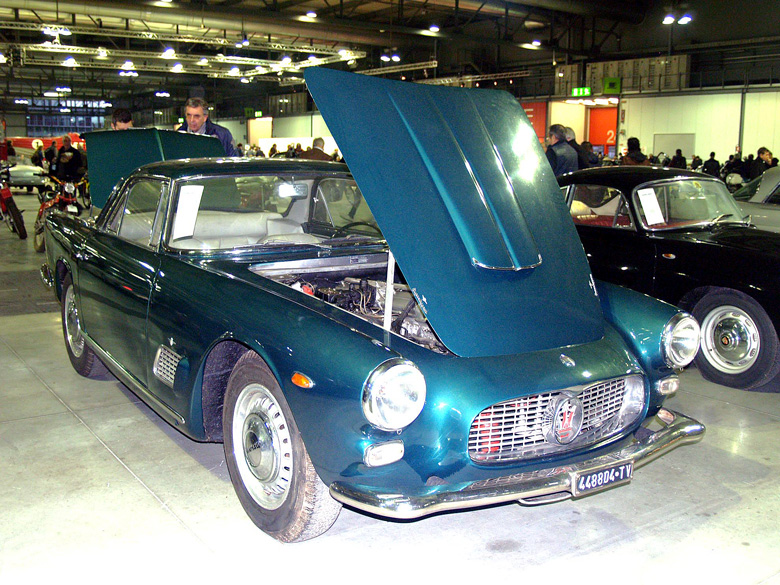
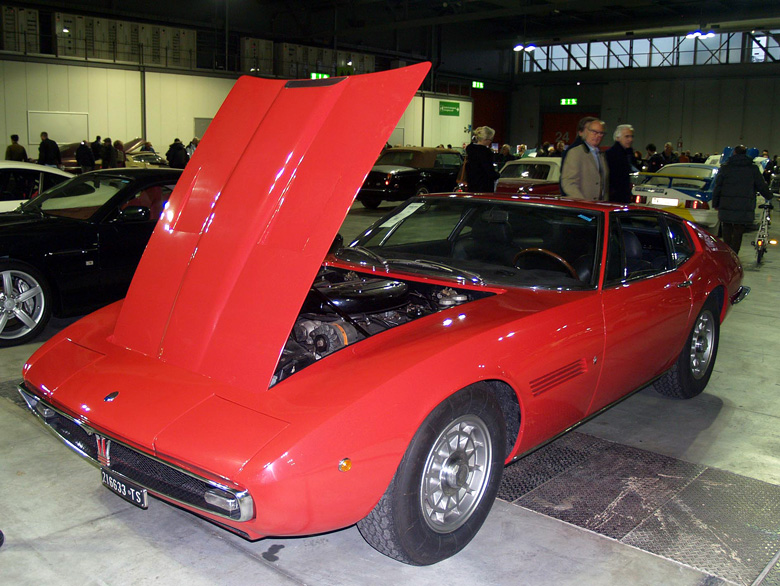
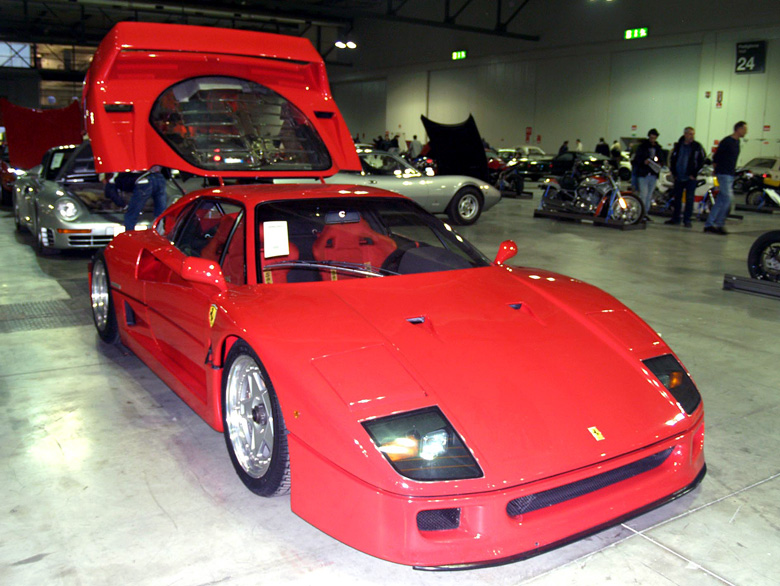
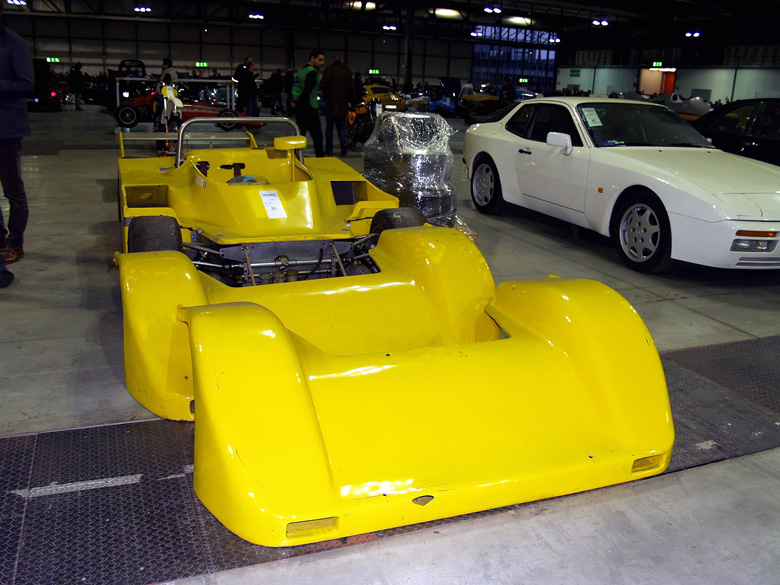
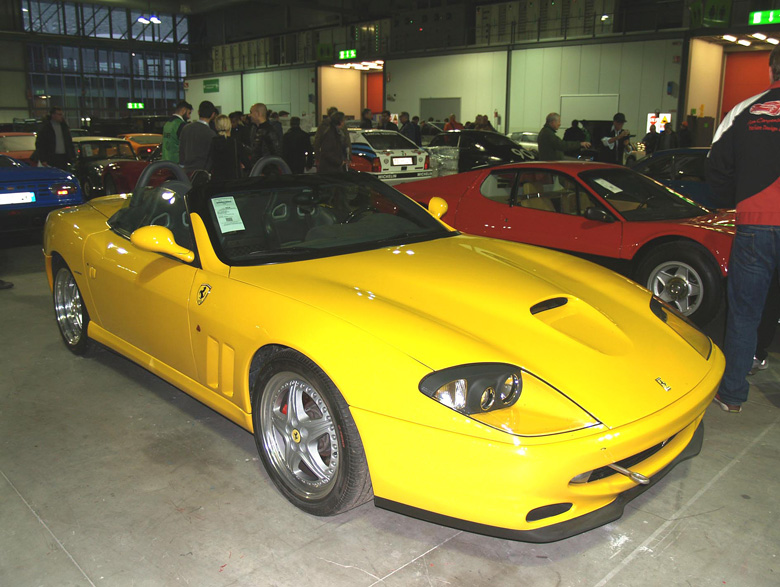
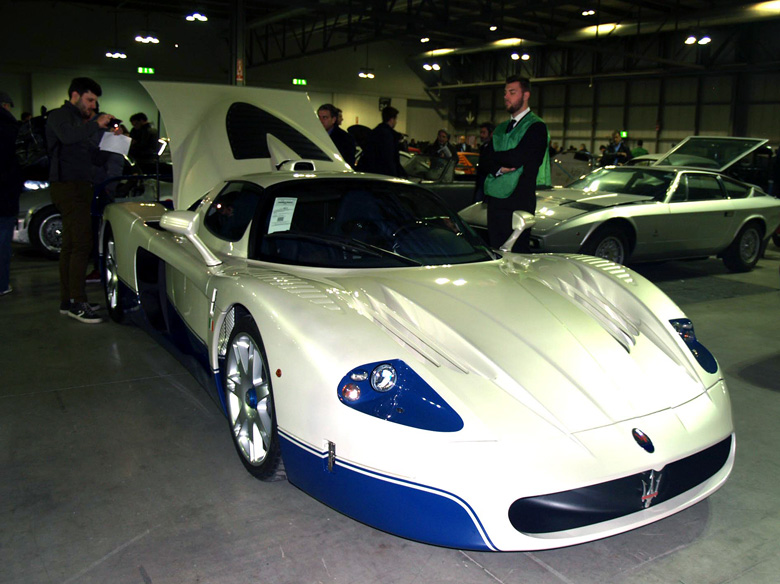
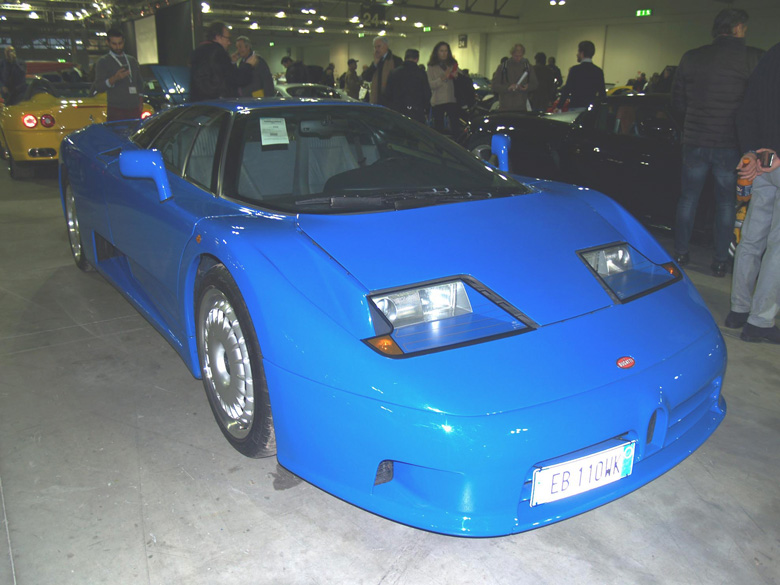
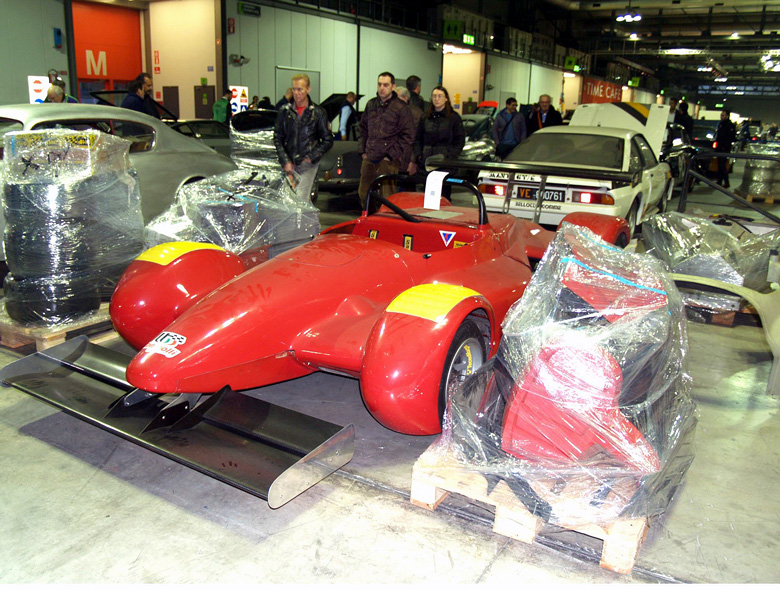
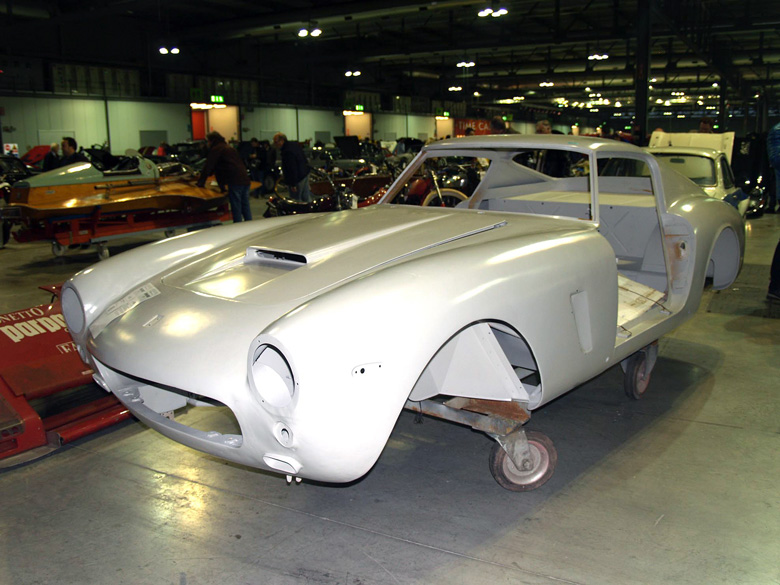
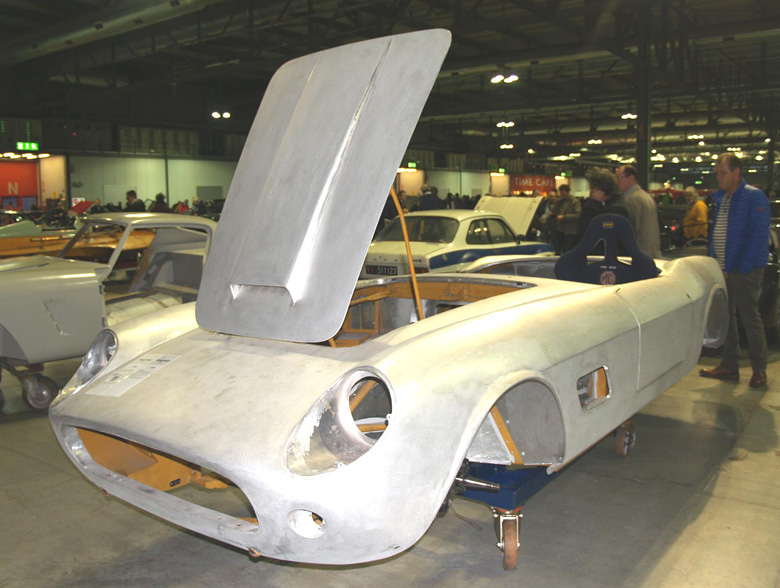
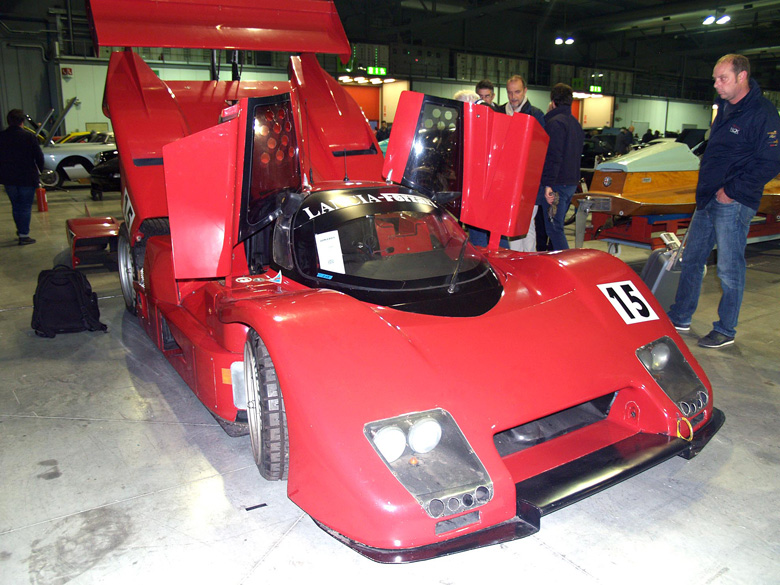
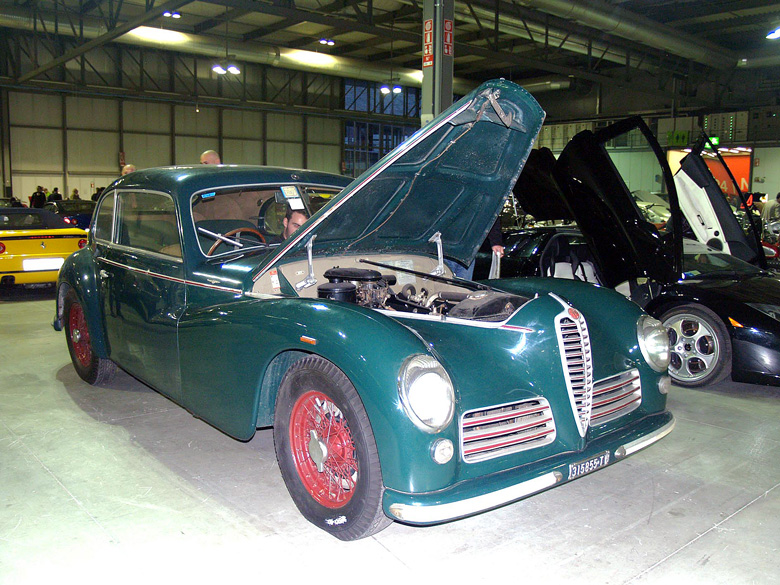
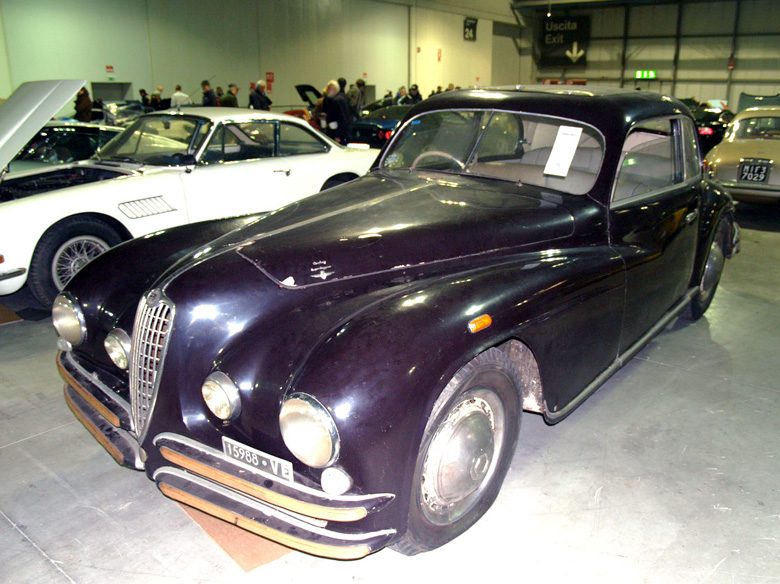
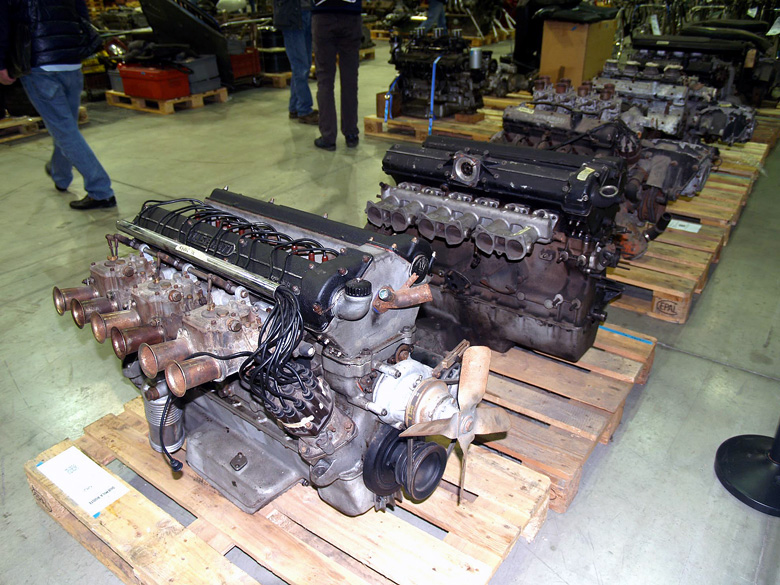
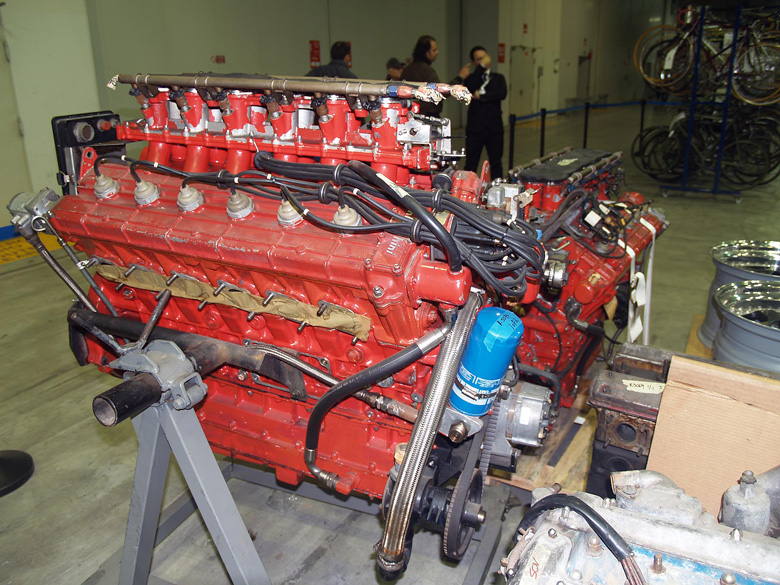
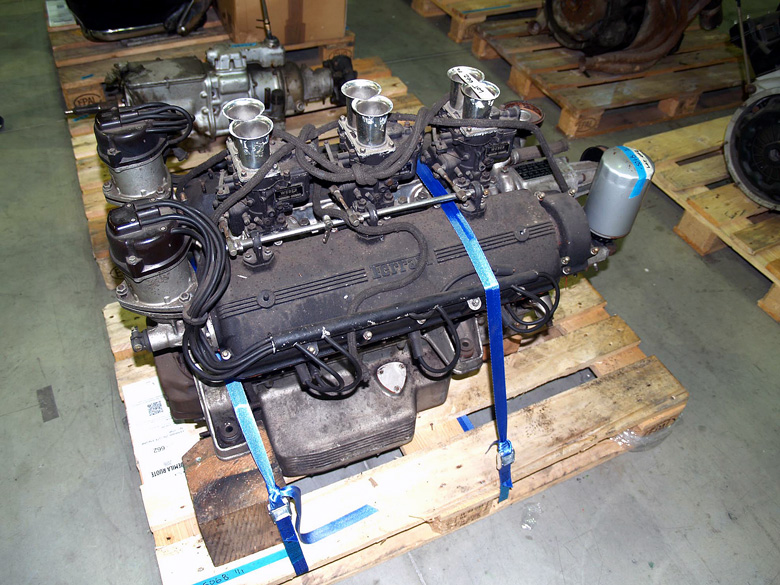
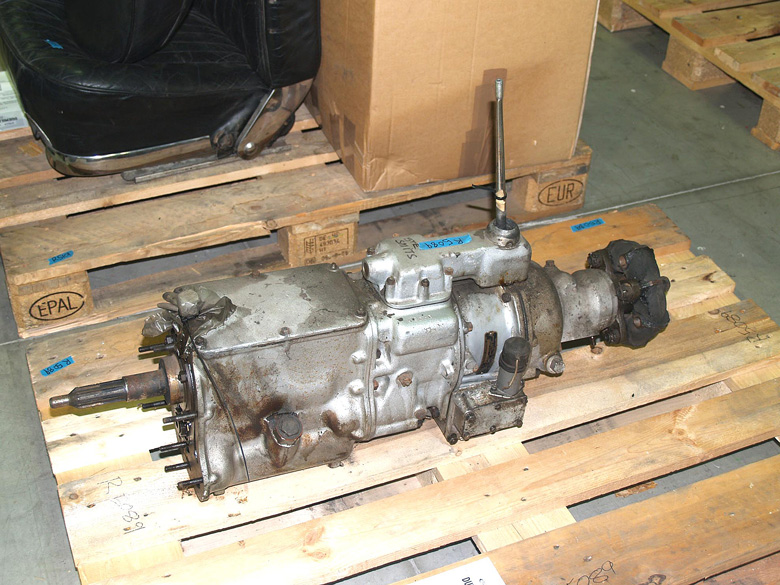
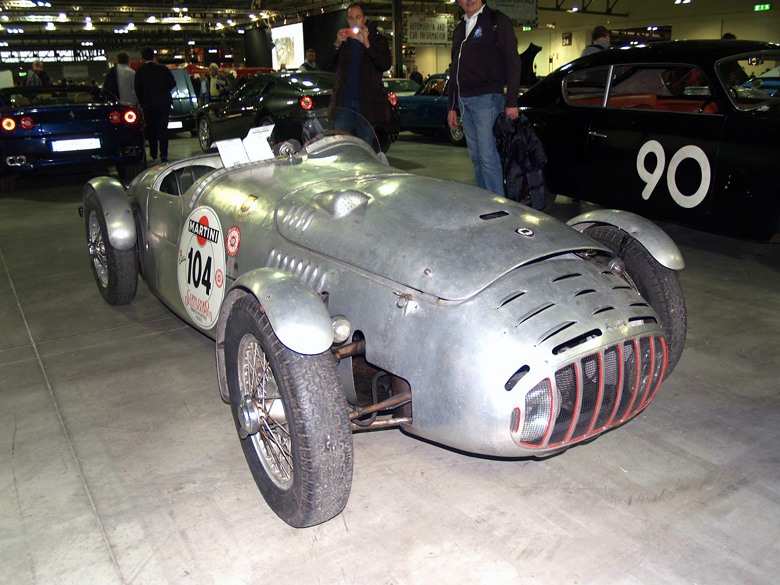
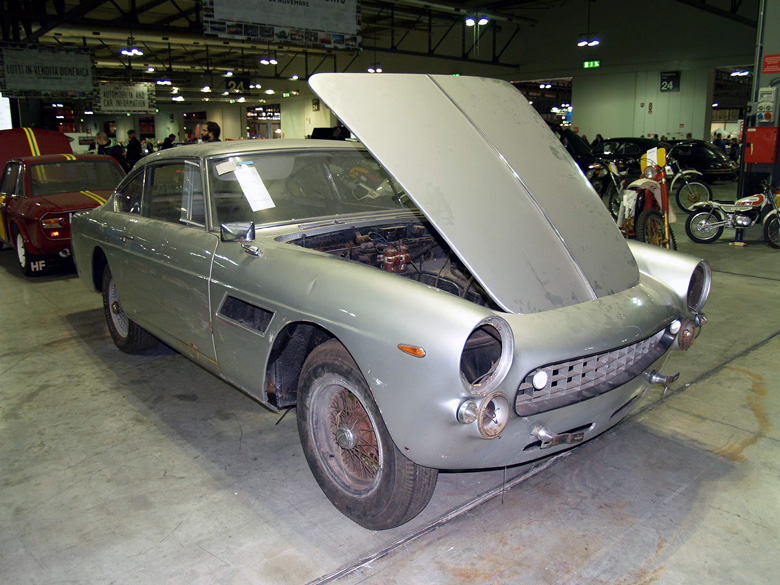
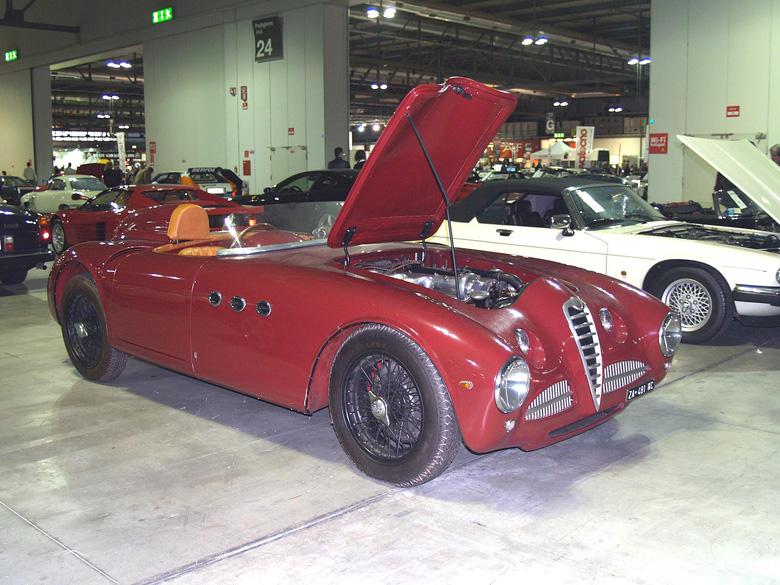
Phew! The critical question to help explain this phenomena is “what was the estimating strategy?” Can we be told?
The prices realized in Milano are the ones that are insane, not the rest of prices.
RM Sotheby’s strategically established low estimates to cover the minimum expectation they gave to the Guardia di Finanza which was in charge of the sale. They made it No Reserve, which is all but unknown in Europe. Then they promoted the hell out of it, sucking in people who thought they were going to get bargains. Then auction psychology took over (there were over 3,000 registered bidders, triple what RM Sotheby’s gets for Monterey, for example; 83% of the bidders were new to the auction house) and the bidders lost their minds.
373 of 424 car lots, 88%, sold over their high pre-sale estimates. That is pretty much exactly the opposite of what happens most of the time. Only 24 lots were sold below the low estimate.
The average selling bid was 2 ¼ times the average high estimate; twenty-nine lots sold for 5 or more times the high estimates; six of them sold for 10 or more times.
It was superbly choreographed, managed and marketed by RM Sotheby’s (all in the space of just three months from the time they got the deal with the Italian court managed by the Guardia di Finanza, and they had to haul everything from Venice (where it was in 11 warehouses) to Milano.)
Every dealer with whom I have spoken was floored by what happened; they couldn’t even raise their paddles before the prices went beyond what they wanted to pay.
Alessandro’s observations reflect the general bewilderment of the Italian and European audience in the face of this kind of sale. While U.S. collectors may be familiar with the hype and hyperbole of mass market collector car auctions, particularly without reserves, such are rarely seen in Europe. Bidders succumbed to the rationalization that, “Someone was willing to bid x, so it’s surely reasonable to bid x+1,000.” And so it went, like the Dutch in the seventeenth century’s tulip bubble.
Any rational person looking at the pre-sale estimates realized they were low-balled, including me. I looked covetously upon Lot #127, a double-sided lighted Alfa Romeo dealer sign 150cm in diameter estimated at €1,500-2,500. I thought, “OK, so maybe €3,000 even though I have to get it back to Connecticut and relight it to 120v 60hz.” Then there was the 17% buyer’s premium, and the 22% VAT on the premium. That would have taken the Milan price to €3,622, even at today’s favorable exchange rate $3,875 US American. Crating and shipping could easily add $500, bringing the landed total in the U.S. to $4,400. There is no way that makes sense, particularly not sight unseen.
Many others apparently failed to make that analysis, checking their links with reality at the door. The sign sold for over €6,000 with commission (not including the 22% VAT.) That is an absurd price.
Duemila Route was not a bellwether; it was an aberration.
It was a Black Swan.
Thank you, Rick, for your typically astute view of this sort of lunacy.
Dutch tulip bubble indeed!
I would hope that the rare components that may have to be restored, acquired and/or made for these vehicles would garner similar values. Yet, that is not always the formula used to value these items. The sum value of the car as a total rolling assembly, its originality, its history, the “Story” often exceeds the cost of individual parts- if they all could be made. It is only original once.
Still, those carefully fabricated Ferrari California bodies garnered their $/hr/crafts-person- Or, did they?
Money laundering?
I don’t think you can characterize any sale as an aberration in this market. Each sale stands on its own. There were many cars/parts that were in a particular condition that you are unlikely to find anywhere else. I think people paid a premium for the “convenience” of not spending an additional 3-5 years looking for, e.g. a 250 SWB replacement body(!); a 250 GTE engine/trans etc.